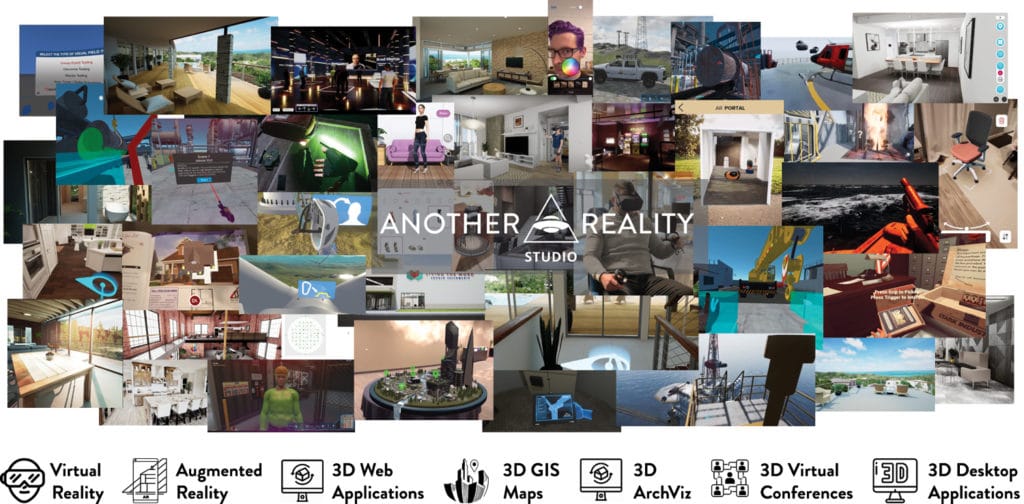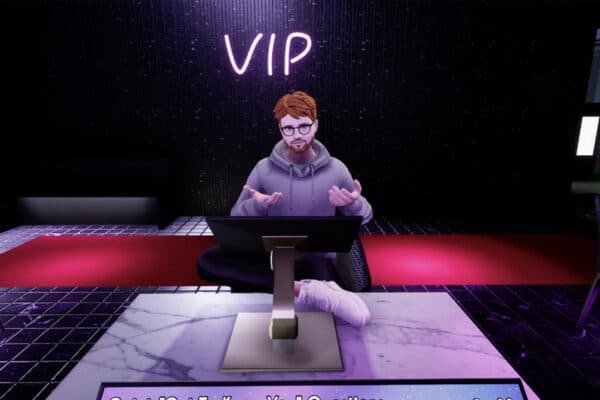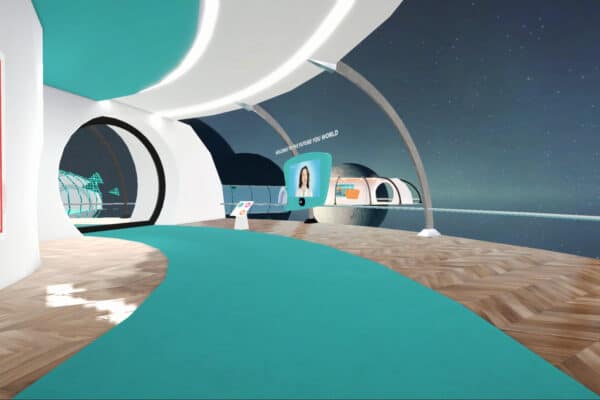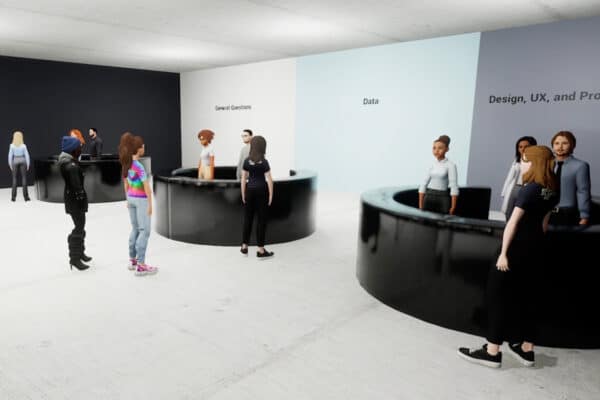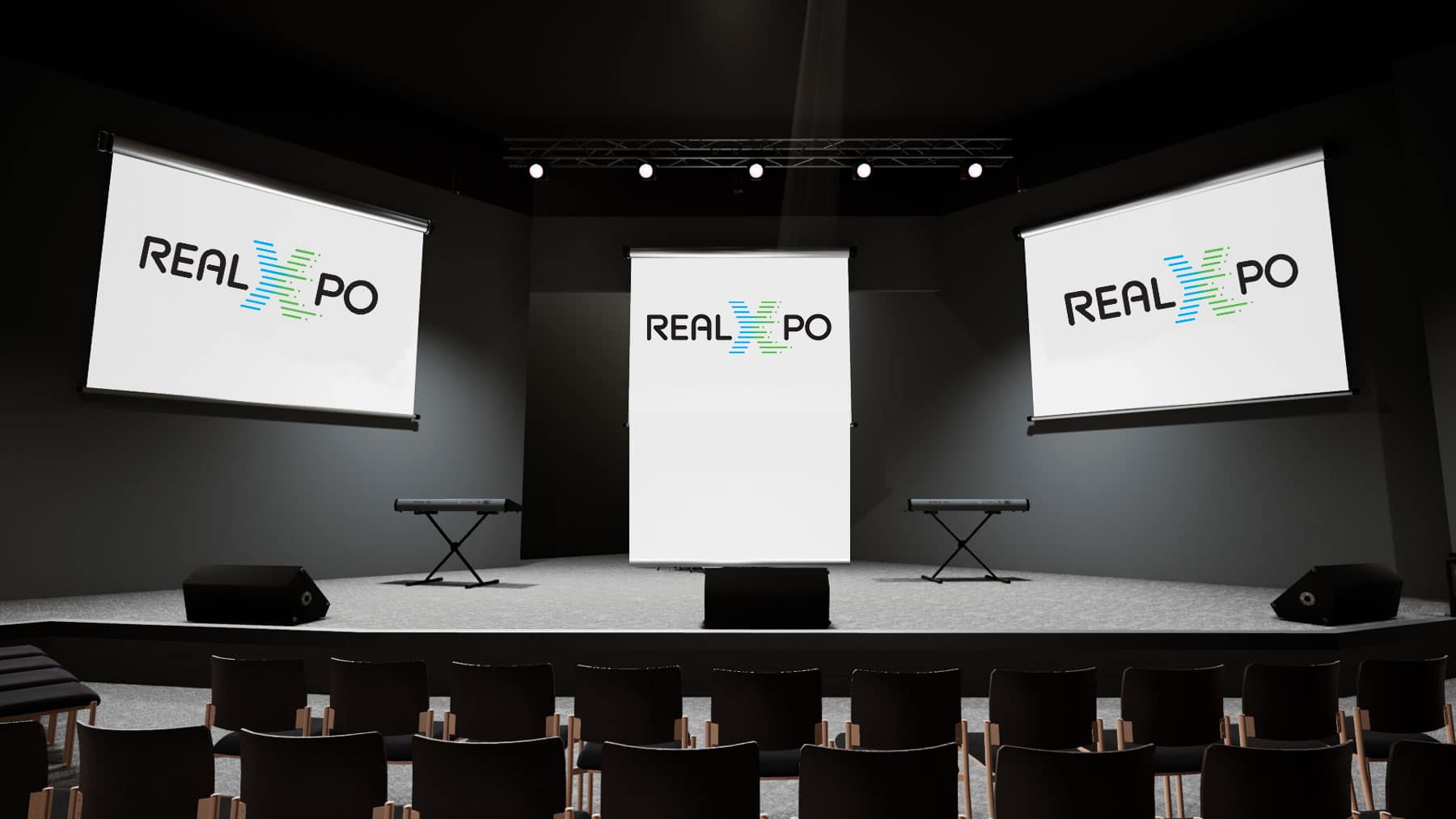Digital Twins AR/VR Case Studies
3D Digital Replicas with a Live Connection to Real World Environments & 3D GIS Cities
The combination of digital twin machine learning and Unreal Engine or Unity means a more connected and immersive experience. ARS creates visually stunning and interactive virtual replicas of environments that are closely linked to their real-world counterparts. This technology is developed in 3D and is often updated with real-time data for accurate simulations and visual feedback. Digital Twins feature a wide range of connected objects or environments, opening up endless possibilities. From monitoring the performance of industrial machinery to optimizing energy consumption in smart buildings, digital twins can revolutionize business. See below for a sample of our AR/VR Case Studies:
A real time immersive web experience platform to stream VR dating over the web and in VR.
A virtual business coaching platform for real time immersive training. Choose your journey to view video & text coaching content.
A real time immersive web experience to host virtual career fair events with custom 3D avatars to walk through virtual environments.
An online event streamed so attendees could network, chat, and interact with exhibitors and products over the web.
Can't Find the AR/VR Case Studies You're Looking For?
Another Reality Studio brings custom developed solutions to all projects. In addition, we integrate emerging technologies into your workflows & procedures because we love technology. Chances are we’ve worked with applications similar to what you are looking. However, we can’t list them all. Click on the video to the right to see more XR experiences or contact us more AR/VR case studies or for a free consultation on your project or technology needs.
